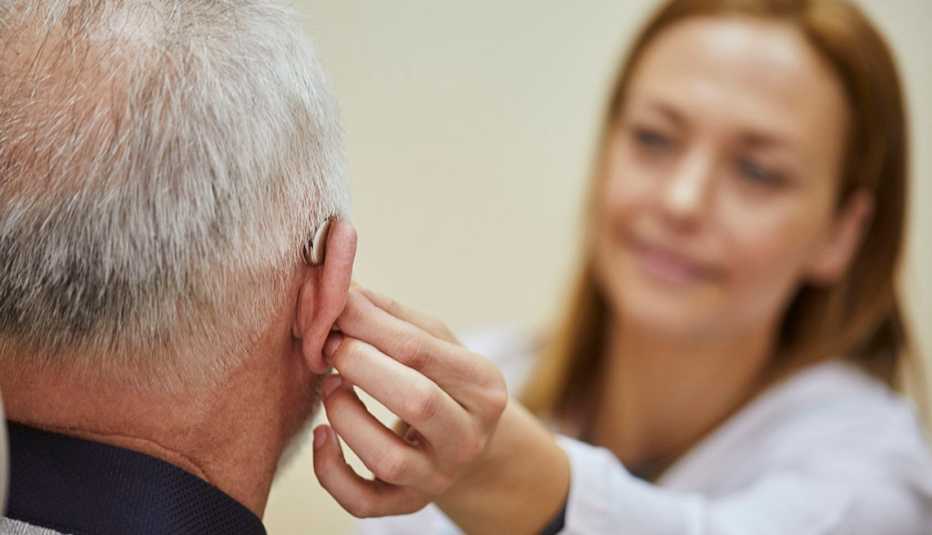AARP Hearing Center


If your existing pair of hearing aids isn’t getting the job done, how do you know whether to have them repaired or replaced? “Hearing aids can become ineffective due to two primary reasons,” says Sumit Dhar, professor of hearing science at Northwestern University. “First, they may be malfunctioning and therefore not providing adequate or appropriate amplification anymore. Second, your hearing loss could have changed with time. The hearing aids are still functioning well, but they’re not appropriate for your hearing loss anymore.”
Making sure your hearing aids are still programmed to compensate for your specific hearing loss is key, he adds. “There is growing evidence suggesting that hearing aids that are not adjusted appropriately for an individual’s hearing loss lead to distinctly different neural signatures of brain activation compared to properly adjusted hearing aids,” meaning your brain may be working harder than necessary to process sound.
In other words: There’s more at play than just quality of life. A hearing specialist can help steer you in the right direction. “An audiologist can explain the advantages and disadvantages of repair and readjustment versus replacement,” he says. Here are five reasons a change may be in order.
1. Your hearing has changed.
Age-related hearing loss, or presbycusis, can worsen even if you’ve been wearing hearing aids for a while. One sign you’ve outgrown your existing pair? You turn up the volume on your hearing aids — or the television — louder than you used to. An audiologist can determine whether you need to upgrade to a new pair or simply have your current set adjusted.
“If there are changes to your hearing, you may not need new hearing aids,” says audiologist Bria Collins, associate director of audiology professional practices at the American Speech-Language-Hearing Association. “Rather, you may need reprogramming to your new hearing thresholds to help improve your daily communication.”

































































More on Health
Mild Hearing Loss? Hearing Aids Aren't the Only Answers
'Hearables,' specialized headphones and other tech tools can provide sound solutions at a lower costFDA Clears Way for Over-the-Counter Hearing Aids
Proposed rule would make devices affordable, accessible8 Ways to Save Money on Hearing Aids
Don't let cost keep you from getting the help you need